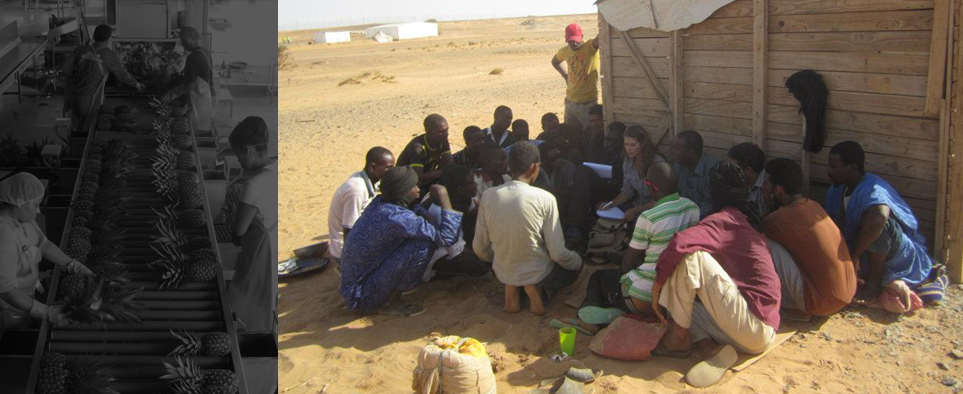In collaboration with the World Resources Institute, NomoGaia provided guidance to the International Finance Corporation on the differences between SIA and HRIA.
Introduction:
The International Finance Corporation (IFC) – the private sector financing arm of the World
Bank Group – is in the process of updating its environmental and social policies, including its
influential Performance Standards. International financial institutions and companies
worldwide base their environmental and social policies on the Performance Standards; the
IFC is the global standard-setter.
The IFC has struggled in recent years to ensure that the Performance Standards adequately
guide companies to fulfill their responsibilities to the communities affected by its projects. In
the five years since the original drafting of the Performance Standards, consensus has
grown around companies’ “responsibility to respect human rights,” as set forth in the 2008
UN Framework on Business and Human Rights. The current IFC policy review is partly
focused on establishing whether the current Performance Standards are sufficient to
guarantee that companies respect human rights.
This cannot be established without first determining whether the Performance Standards
require companies to assess their impacts on human rights. A rights-focused investigation
of the remaining Performance Standards must begin there, because a company cannot
know it respects rights unless it first understands how it impacts them.
During the review process, IFC officials have frequently indicated that they consider a Social
Impact Assessment (SIA), as mandated in Performance Standard 1, adequate to manage
human rights risks. Does an SIA require a company to assess its impacts on human rights?
Download the full presentation at the top of the page


